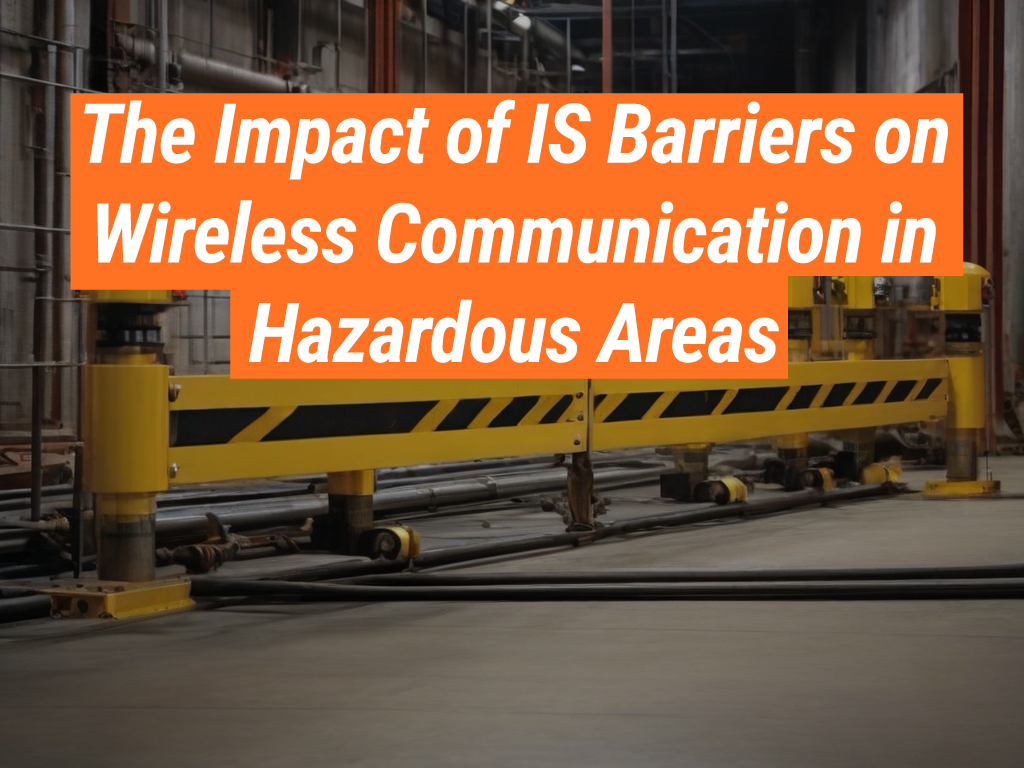Welcome to the Intrinsically Safe Store, your one-stop-shop for all your safety equipment needs. We are dedicated to providing you with the most reliable and up-to-date information on safety in hazardous environments. Today, we delve into the impact of Intrinsically Safe (IS) barriers on wireless communication in hazardous areas. We invite you to explore our website for more information and to contact us for any inquiries.
Understanding IS Barriers
IS barriers are safety devices designed to limit the energy available for ignition in hazardous areas. They play a crucial role in preventing explosions by ensuring that the energy transmitted to a hazardous area is below the ignition energy of the gases or dust present.
The Role of IS Barriers in Wireless Communication
Wireless communication is a critical component in hazardous environments. It facilitates real-time monitoring, control, and communication, enhancing safety and operational efficiency. However, the use of wireless devices in these areas presents a risk of ignition. This is where IS barriers come in.
- IS barriers ensure that the energy transmitted by wireless devices is below the ignition energy of the hazardous substances present.
- They allow for safe operation of wireless devices in hazardous areas, enabling seamless communication and control.
Case Study: Oil and Gas Industry
The oil and gas industry provides a perfect example of the impact of IS barriers on wireless communication. In this industry, we use wireless devices for remote monitoring and control of drilling operations. However, the presence of flammable gases poses a risk of explosion.

With IS barriers, these devices can operate safely, enhancing operational efficiency and safety. The American Petroleum Institute conducted a study that showed a 60% reduction in the risk of explosions due to the use of IS barriers.
Challenges and Solutions
Despite their benefits, IS barriers present some challenges. These include installation complexity and potential signal degradation. However, advancements in technology have led to the development of wireless IS barriers that are easy to install and offer high-quality signal transmission.
Enhancing Safety with IS Barriers for Wireless Devices
In conclusion, IS barriers play a crucial role in enhancing safety in hazardous areas by enabling safe operation of wireless devices. They reduce the risk of explosions, enhance operational efficiency, and facilitate seamless communication and control. Despite the challenges, technological advancements offer promising solutions.
At the Intrinsically Safe Store, we are committed to providing you with the best safety solutions for hazardous environments. We invite you to explore our range of IS barriers and other safety equipment. Contact us today for more information.


